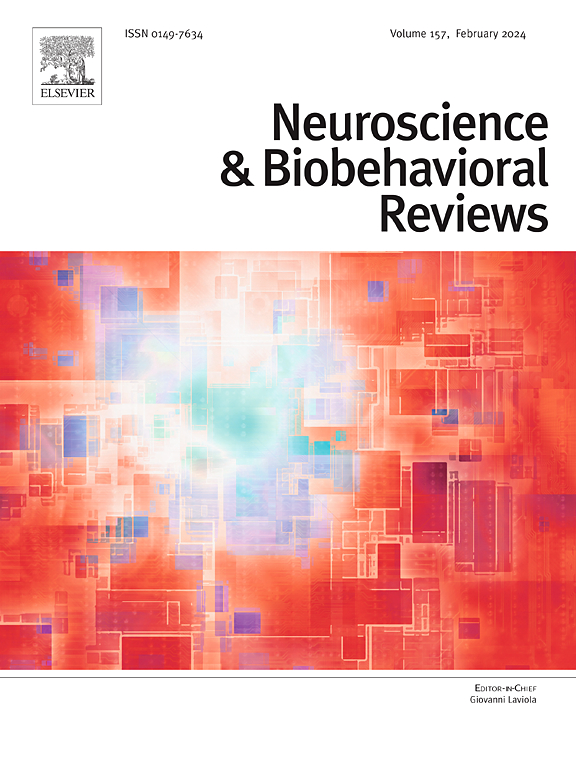Detecting a hidden pandemic: The current state and future direction of screening and assessment tools for intimate partner violence-related brain injury
IF 7.5
1区 医学
Q1 BEHAVIORAL SCIENCES
引用次数: 0
Abstract
Intimate partner violence (IPV) is a major global concern, and IPV victim-survivors are at an increased risk of brain injury (BI) due to the physical assaults. IPV-BI can encompass both mild traumatic brain injury (mTBI) and non-fatal strangulation (NFS), but IPV-BI often goes undetected and untreated due to a number of complicating factors. Therefore, the clinical care and support of IPV victim-survivors could be enhanced by BI screening and assessment in various settings (e.g., first responders, emergency departments, primary care providers, rehabilitation, shelters, and research). Further, appropriate screening and assessment for IPV-BI will support more accurate identifications, and prevalence estimates, improve understanding of health implications, and have the potential to inform policy decisions. Here we overview the seven available tools that have been used for IPV-BI screening and assessment purposes, including the BISA, BISQ-IPV, BAT-L/IPV, OSU TBI-ID, the HELPS, and the CHATS, and outline the advantages and disadvantages of these screening tools in the clinical, community, and research settings. Recommendations for further research to enhance the validity and utility of these tools are also included.
检测影子流行病:亲密伴侣暴力相关脑损伤筛查和评估工具的现状和未来方向。
亲密伴侣暴力(IPV)是全球关注的一个主要问题,IPV 受害者-幸存者因遭受人身攻击而增加了脑损伤(BI)的风险。IPV-BI可包括轻度创伤性脑损伤(mTBI)和非致命性勒颈(NFS),但IPV-BI往往因一些复杂因素而未被发现和治疗。因此,通过在各种环境(如急救人员、急诊科、初级保健提供者、康复中心、庇护所和研究机构)中进行脑损伤筛查和评估,可以加强对 IPV 受害者-幸存者的临床护理和支持。此外,对 IPV-BI 进行适当的筛查和评估将有助于更准确地识别和估计流行率,提高对健康影响的认识,并有可能为政策决策提供依据。在此,我们概述了七种已用于 IPV-BI 筛查和评估的可用工具,包括 BISA、BISQ-IPV、BAT-L/IPV、OSU TBI-ID、HELPS 和 CHATS,并概述了这些筛查工具在临床、社区和研究环境中的优缺点。此外,还就进一步开展研究以提高这些工具的有效性和实用性提出了建议。
本文章由计算机程序翻译,如有差异,请以英文原文为准。
求助全文
约1分钟内获得全文
求助全文
来源期刊
CiteScore
14.20
自引率
3.70%
发文量
466
审稿时长
6 months
期刊介绍:
The official journal of the International Behavioral Neuroscience Society publishes original and significant review articles that explore the intersection between neuroscience and the study of psychological processes and behavior. The journal also welcomes articles that primarily focus on psychological processes and behavior, as long as they have relevance to one or more areas of neuroscience.

 求助内容:
求助内容: 应助结果提醒方式:
应助结果提醒方式:


